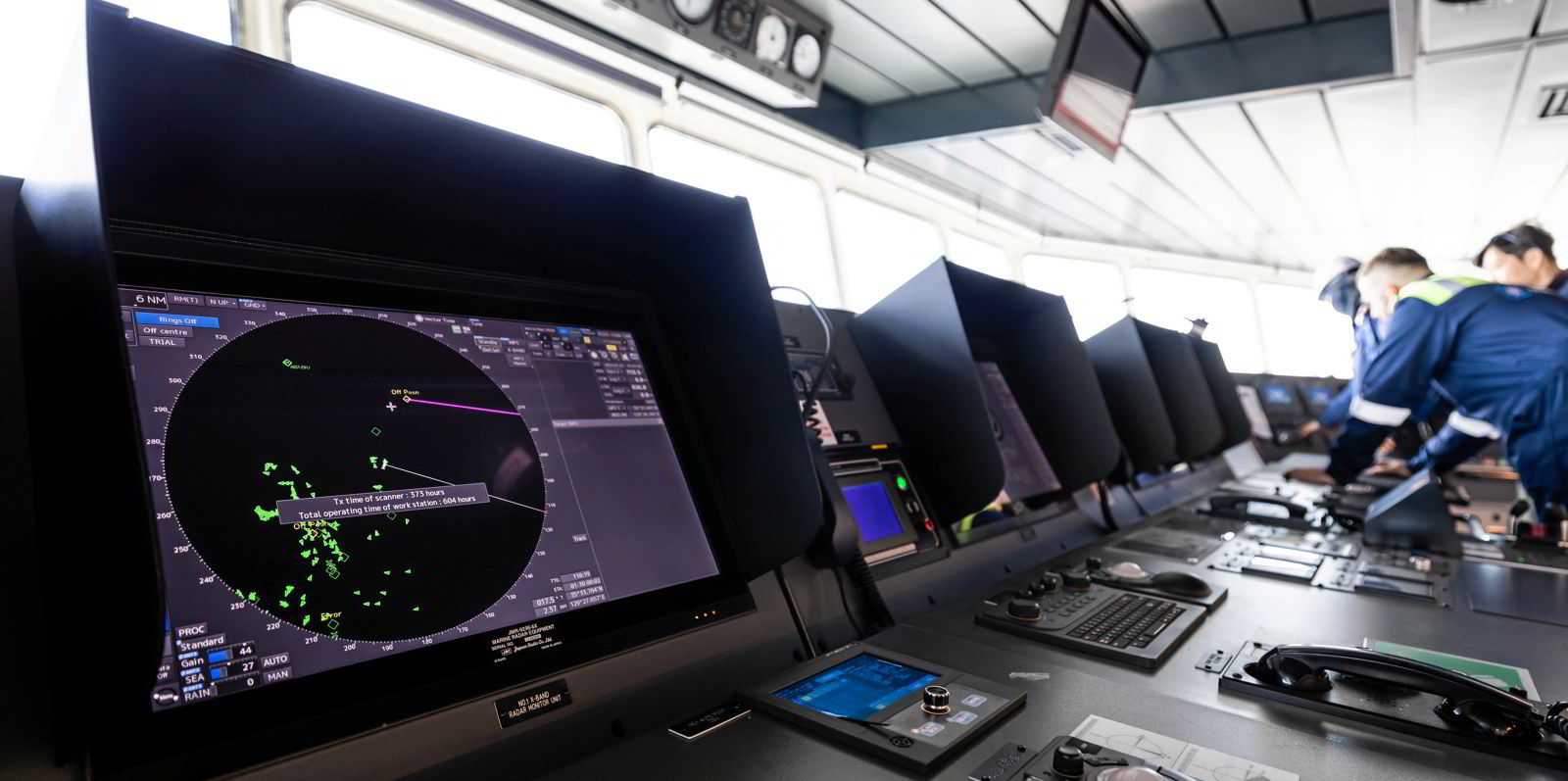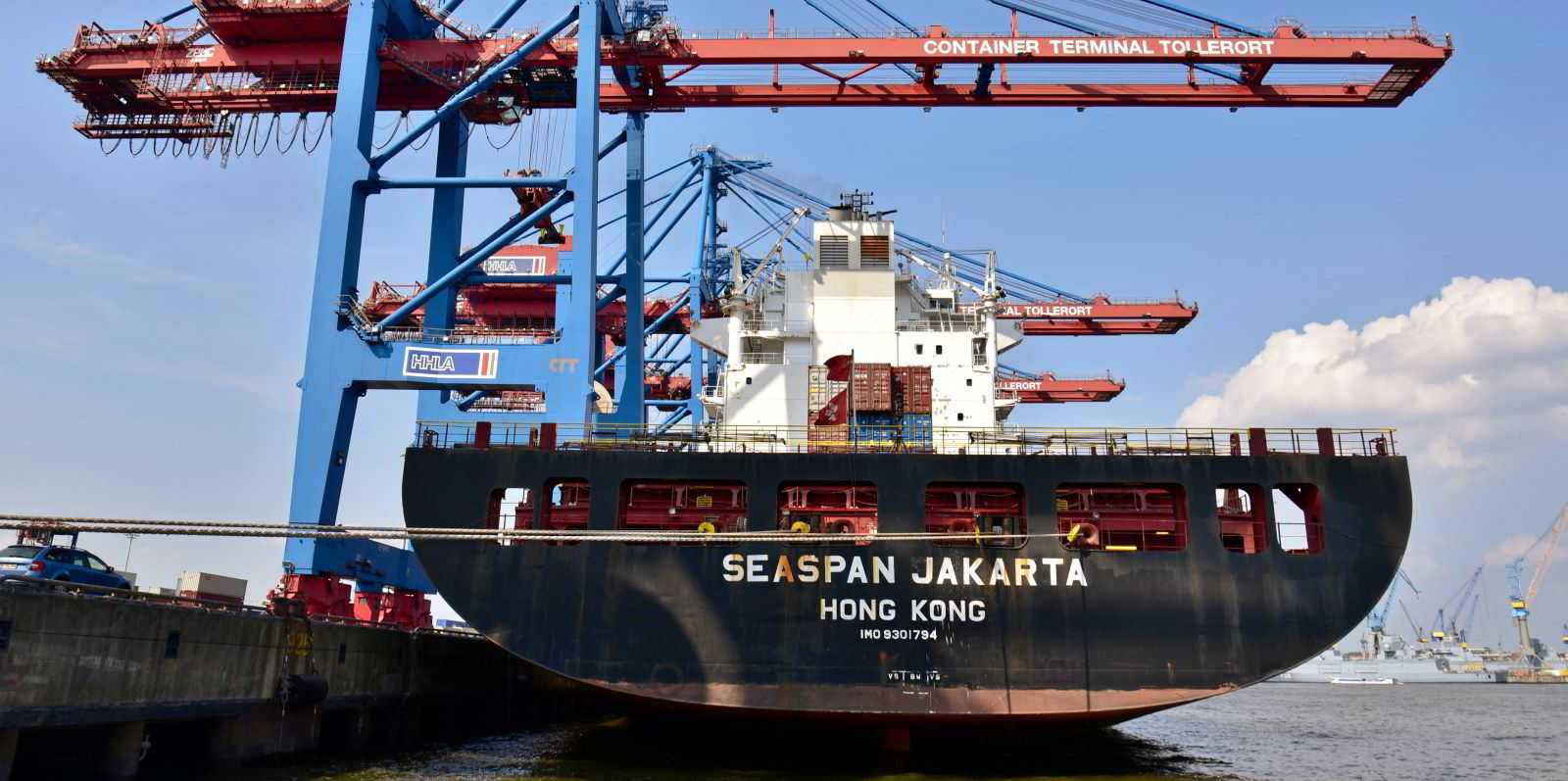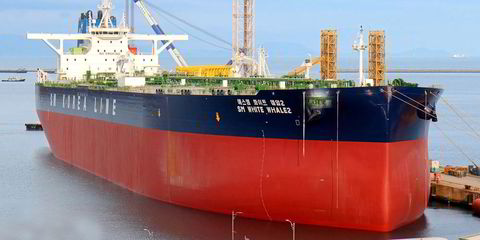AP Moller-Maersk has seen costs linked to carbon emissions rise dramatically this year as ships were rerouted to avoid the Red Sea.
The Danish liner giant incurred $44m in additional bunker expenses in the first quarter due to the introduction of the European Union’s Emissions Trading System.
Yet the financial impact of the carbon levy does not worry Maersk chief executive Vincent Clerc.
“I can say that from a current situation perspective, this is not a concern from us from a profitability perspective,” he told an earning call.
Sailing longer distances at faster speeds would raise Maersk’s emissions and, therefore, increase costs linked to ETS this year, he said.
But the cost of ETS for the full year would depend on how long the disruption endures “and whether we go back to the normal routing soon or not”.
Higher bunker costs were inevitable stemming from vessels sailing longer distances around southern Africa, and at faster speeds, he said.
Maersk experienced a 19% increase in bunker costs, reaching $1.8bn, a rise of $300m. This surge in expenses was a result of the extended distances sailed as Maersk needed to deploy more vessels.
Clerc said that costs were further elevated as the company had to secure expensive ships on time charter for longer periods.
Vessels have had to speed up to meet schedules, consequently consuming more fuel in the process.
This poses a significant challenge for Maersk in meeting its tough climate targets.
Maersk leads surge in emissions
Despite emissions rising across all carriers plying the Asia to Europe route, Maersk experienced the most pronounced surge, according to freight benchmarking service Xeneta.
The Carbon Emissions Index (CEI) by Xeneta and Marine Benchmark, which measures carbon emissions per tonne of cargo transported across the world’s top 13 trades, hit 107.4 points, marking the index’s peak since its inception in early 2018.
Maersk saw the biggest movement in its CEI score, rising 84.9% from 72.3 in the fourth quarter of 2023 to 133.7 in the first quarter of this year

Despite these challenges, Maersk maintained its position as an industry leader, outperforming its peers.
Israeli carrier Zim came in at the bottom of the index, with a score of 207.3 in the period, up from 121.1.
All carriers are currently emitting more carbon than the trade lane average six years ago.
For containers shipped from the Far East to the Mediterranean, the CEI reveals carbon emissions surged by 63% in the first quarter.
From the Far East into North Europe, carbon emissions increased by 23%.
“We are all aware of the human and economic cost of war, but this data demonstrates there is also a price to pay for the climate,” Xeneta market analyst Emily Stausboll said.






